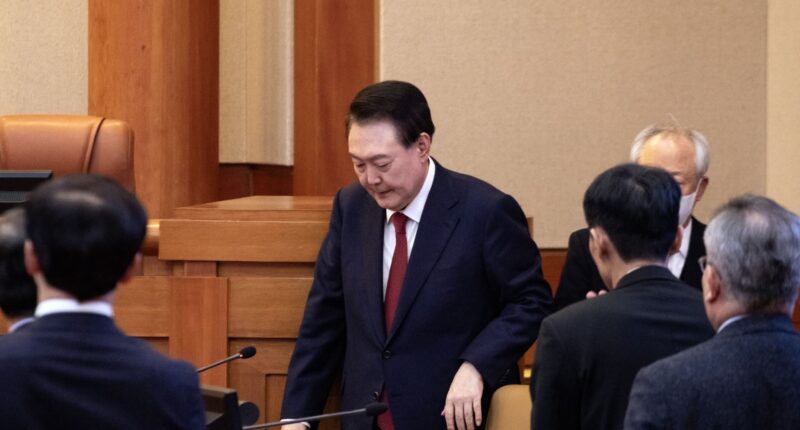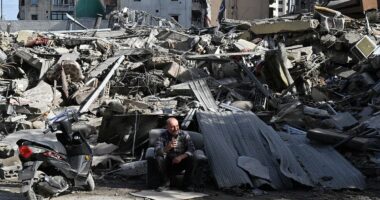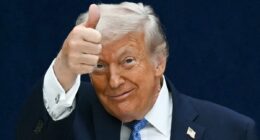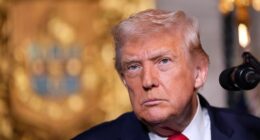Share this @internewscast.com
South Korean President Yoon Suk Yeol attended a session at the Constitutional Court of Korea in Seoul on Tuesday, January 21, 2025.
Bloomberg | Getty Images
Prosecutors in South Korea have accused former President Yoon Suk Yeol of attempting to instigate a military response from North Korea to justify imposing martial law, as reported by local media on Monday.
Special Counsel Cho Eun-suk informed reporters that Yoon and his military leaders aimed to provoke North Korea into launching an attack against South Korea. However, their efforts were unsuccessful as Pyongyang refrained from using military force.
Following a thorough six-month investigation, Cho and his team have brought insurrection charges against 24 individuals, including Yoon and five former cabinet members.
Earlier this month, on the first anniversary of Yoon’s brief imposition of martial law, current South Korean President Lee Jae Myung suggested that North Korea’s act of sending trash balloons into South Korea might have been a reaction to provocations from Seoul, though he did not provide further details at that time.
Lee had also vowed “strict accountability” for the perpetrators behind the failed martial law attempt, with investigations and trials still underway.
In July, Reuters reported that the special counsel had sought to detain the head of a military drone unit, over accusations that Yoon had ordered a covert drone operation into North Korea to raise tensions between the two countries.
Cho also said that Yoon had masterminded a plan in October 2023 to suspend the powers of South Korea’s parliament and replace it with an emergency legislative body.
South Korean media outlet Yonhap also reported that Yoon also sought to portray the April 2024 general election results, lost by his ruling party, as electoral fraud led by anti-state forces.
The 2024 election saw the then-opposition Democratic Party, led by Lee, hold on to its majority in the National Assembly.
After being removed from office in April, Yoon has been charged with insurrection, which carries the maximum penalty of death.
South Korean prosecutors have also reportedly sought a 15-year prison term for former Prime Minister Han Duck-soo. Other senior officials, including Yoon’s defense minister and the former head of the National Intelligence Service, have also been arrested in connection with the attempt to impose military rule.
On Dec. 3 last year, Yoon had abruptly declared martial law in a late night address, before lawmakers — including members of Yoon’s own party — rushed to overturn his order. Yoon withdrew his decree six hours after his announcement.
Imposing martial law led to impeachment motions against Yoon, which resulted in him being impeached on Dec. 14 last year and removal from office on April 4.






